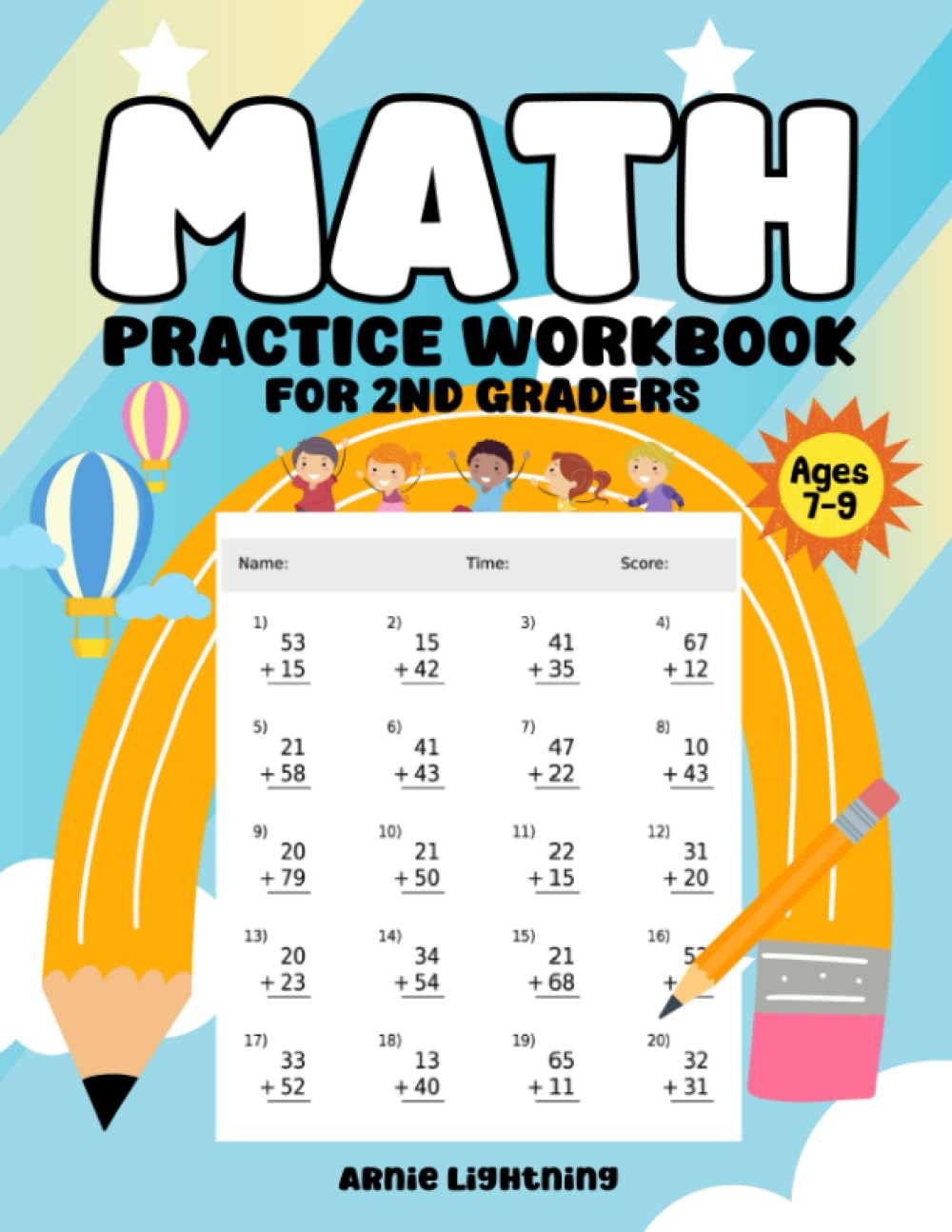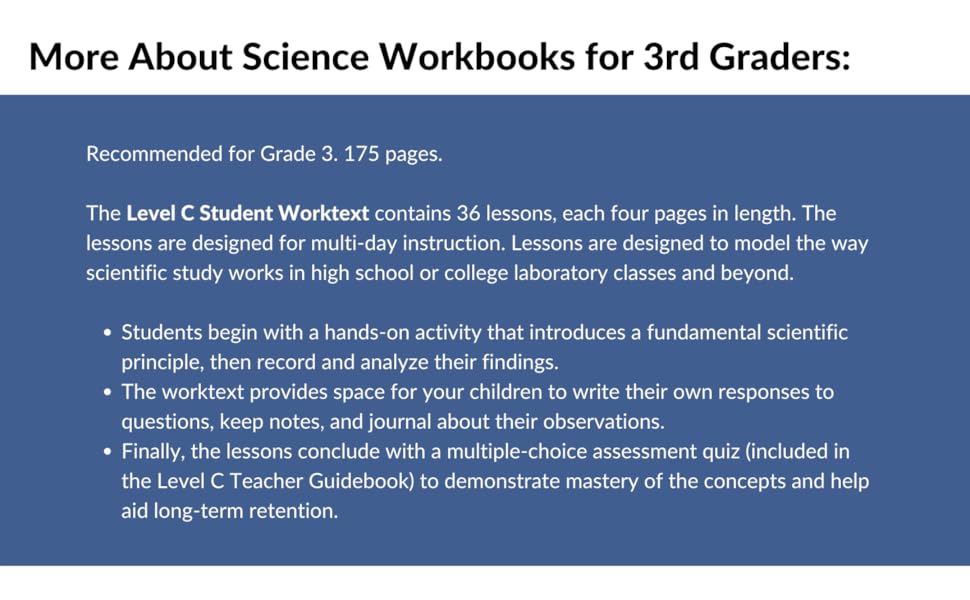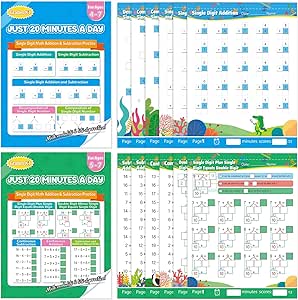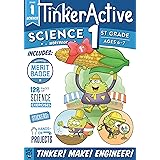Early elementary education is a critical period for children’s language development. Mastering English skills at this stage lays the foundation for future academic success. Workbooks can serve as invaluable tools in this journey. This article highlights the top five essential workbooks that foster English language skills, providing insights, examples, and research-backed data to support their effectiveness.
1. Handwriting Without Tears

Handwriting Without Tears is a comprehensive workbook designed to help young learners develop proper handwriting skills. Research shows that handwriting proficiency contributes to better reading and writing skills, making it an essential part of early education.
- Engaging Activities: The workbook includes a variety of activities, such as tracing, drawing, and writing exercises that captivate students’ attention.
- Multisensory Approach: Incorporating tactile materials allows children to learn through different senses, enhancing their retention.
- Progressive Learning: The lessons are structured to build on each other, starting from basic strokes to complete sentences.
According to a study from the University of Washington, children who practiced handwriting showed significantly better reading and writing skills by the end of the school year compared to those who did not. This emphasizes the importance of incorporating handwriting workbooks like Handwriting Without Tears into the curriculum.
2. Scholastic Success With Reading Comprehension

Reading comprehension is a crucial skill that influences all areas of learning. Scholastic Success With Reading Comprehension provides structured passages and questions that help young readers develop comprehension strategies.
- Variety of Texts: The workbook offers a range of texts, including fiction, nonfiction, and poetry, catering to different interests.
- Question Types: Each passage is followed by multiple-choice and open-ended questions that promote critical thinking.
- Progress Tracking: The workbook includes assessment tools that allow teachers and parents to track progress effectively.
A survey conducted by the National Assessment of Educational Progress (NAEP) found that students who regularly engaged in reading comprehension activities performed better on standardized tests. This workbook not only improves reading skills but also prepares students for future assessments.
3. Exploring Grammar: A Workbook for Young Learners

Understanding grammar is essential for effective communication. Exploring Grammar is designed to introduce early elementary students to the basics of English grammar in a fun and interactive way.
- Fun Illustrations: The workbook is filled with colorful illustrations that make learning grammar enjoyable and relatable.
- Interactive Exercises: Activities such as fill-in-the-blanks and sentence construction encourage active participation.
- Real-World Applications: Examples are drawn from everyday situations, helping children understand the relevance of grammar in their lives.
Statistics from the American Speech-Language-Hearing Association indicate that early grammar instruction can lead to improved writing skills and greater academic performance. Exploring Grammar helps children grasp these concepts early, boosting their confidence in communication.
4. Vocabulary Workshop: Level A

Building a robust vocabulary is fundamental for reading and writing proficiency. Vocabulary Workshop: Level A provides targeted exercises to expand students’ word knowledge and usage.
- Contextual Learning: Words are introduced in context, allowing students to see how they fit into sentences and stories.
- Engaging Activities: The workbook features crossword puzzles, matching exercises, and word games that make vocabulary acquisition enjoyable.
- Progressive Difficulty: The increasing complexity of exercises challenges students appropriately as they advance.
A report from the Institute for Educational Sciences highlights that students who engage in vocabulary-building exercises score significantly higher on literacy assessments. Vocabulary Workshop: Level A is an excellent resource for educators looking to enhance their students’ language skills.
5. Writing Essentials: A Workbook for Young Writers

Writing skills are vital for academic success, and Writing Essentials serves as a practical guide for young learners to express their thoughts and ideas effectively.
- Structured Prompts: The workbook offers various writing prompts that inspire creativity while adhering to specific writing conventions.
- Editing Exercises: Students learn the importance of revising their work through guided editing activities, which foster critical thinking.
- Peer Review Sections: Incorporating peer feedback encourages collaboration and enhances communication skills.
A study by the National Writing Project found that students who regularly practiced writing and received feedback showed significant improvement in their writing proficiency. Writing Essentials equips children with the tools they need to become confident writers.
Incorporating high-quality workbooks into early elementary education is essential for building a strong foundation in English language skills. The five workbooks discussed—Handwriting Without Tears, Scholastic Success With Reading Comprehension, Exploring Grammar, Vocabulary Workshop: Level A, and Writing Essentials—offer structured, engaging, and effective methods for enhancing students’ literacy skills.
As educators and parents, investing in these resources can lead to improved reading, writing, grammar, vocabulary, and overall communication skills. By focusing on these essential areas, we prepare our children for academic success and lifelong learning. The future of education lies in ensuring that our young learners are equipped with the necessary tools to navigate their educational journeys with confidence and competence.